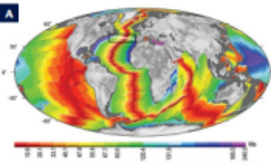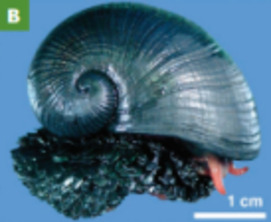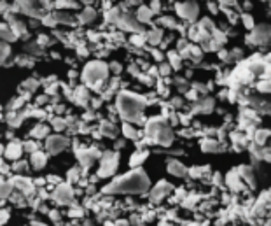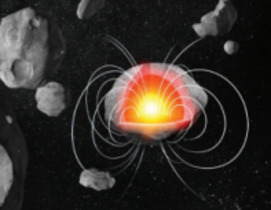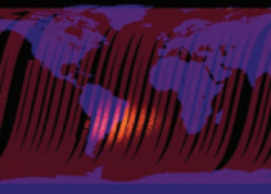Crustal Magnetism, Lamellar Magnetism and Rocks That Remember
Magnetic anomalies are deviations from an internal planetary magnetic field produced by crustal materials. Crustal anomalies, measured over a wide range of vertical distances, from near-surface to satellites, are caused by magnetic minerals that respond to the changing planetary field. Previously, magnetism of continental crust was described in terms of the bulk ferrimagnetism of crustal minerals, which is mostly due to induced magnetization. The recent discovery of lamellar magnetism, a new interface-based remanence type, has changed our thinking about the contribution of remanent magnetization. Lamellar magnetism may also be an important contributor to deep-seated anomalies in the crust of the Earth and in other planets with highly magnetic crusts, like Mars.
Crustal Magnetism, Lamellar Magnetism and Rocks That Remember Read More »


